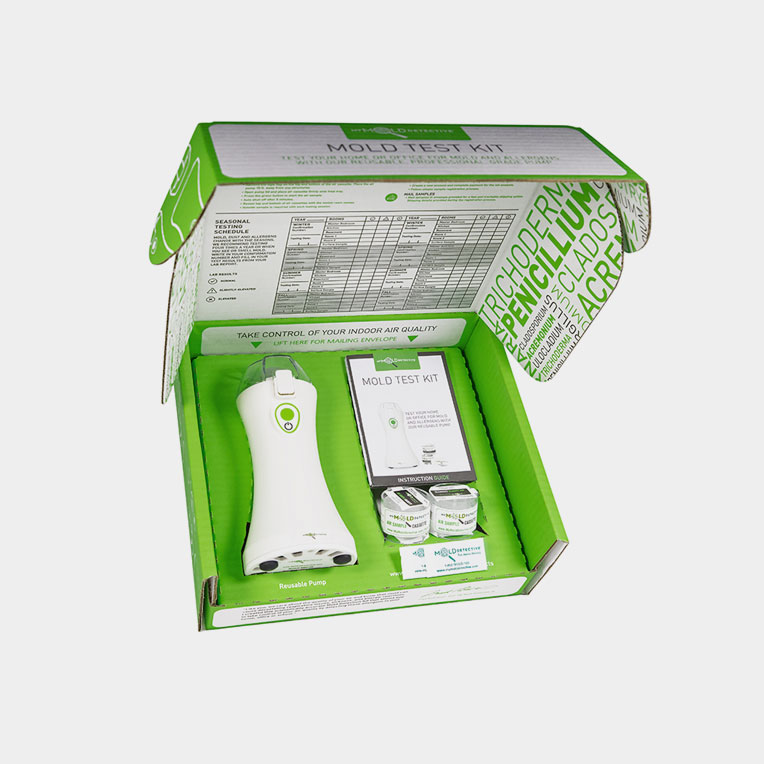Maximize Your Compliance with Trusted Mycotoxin testing Services Solutions
Maximize Your Compliance with Trusted Mycotoxin testing Services Solutions
Blog Article
Just How Mycotoxin Screening Aids Prevent Contamination and Protect Food Materials

Mycotoxin testing is an essential method in the food industry, working as a frontline defense versus contamination by damaging toxins created by molds. Through the application of innovative methods like High-Performance Liquid Chromatography (HPLC) and Liquid Chromatography-Mass Spectrometry (LC-MS), food manufacturers can precisely discover and quantify mycotoxin levels in farming items. This proactive strategy not only ensures conformity with rigid safety laws however also minimizes health and wellness risks to customers. Moreover, normal testing strengthens brand online reputation and monetary wellness by minimizing contamination-related incidents. Exactly how specifically do these testing procedures incorporate right into the broader food security strategy?
Understanding Mycotoxins
Comprehending mycotoxins begins with acknowledging that they are hazardous additional metabolites created by specific molds, which can pollute agricultural items. These metabolites are not necessary for the development or recreation of the fungis however can have serious ramifications for human and animal health. Mycotoxins are typically found in staple crops such as corn, wheat, barley, and nuts, where they can multiply under details problems of wetness and temperature.
There are a number of types of mycotoxins, each produced by various fungal species. Aflatoxins, generated by Aspergillus varieties, are amongst the most notorious, known for their cancer causing homes. One more considerable group includes ochratoxins, produced by Aspergillus and Penicillium species, which have nephrotoxic effects. Fusarium varieties create trichothecenes and fumonisins, both of which are related to various acute and persistent wellness problems.

Threats of Mycotoxin Contamination
The threats of mycotoxin contamination are diverse, posing substantial risks to both food safety and security and public health and wellness. Mycotoxins, harmful compounds generated by specific kinds of fungi, can infect a broad array of agricultural items consisting of cereals, nuts, seasonings, dried fruits, and coffee.
Financial influences are one more significant concern. Infected plants can result in considerable economic losses for farmers and food producers because of lowered yields and the requirement for pricey decontamination procedures. Furthermore, worldwide profession can be considerably prevented as nations enforce stringent mycotoxin laws to protect their populations, causing rejected shipments and strained trade relationships.
Ecological variables such as environment change intensify the danger of mycotoxin contamination. Variants in temperature level and moisture can create beneficial conditions for fungal growth, raising the possibility of contamination events. Therefore, understanding and mitigating these dangers are critical for making certain the security and stability of worldwide food materials.
Techniques of Mycotoxin Checking
Properly determining mycotoxin contamination in farming products is vital for securing public health and wellness and preserving food security standards. Various methods are used to identify and evaluate mycotoxins, each offering certain benefits and restrictions.
High-Performance Fluid Chromatography (HPLC) is a commonly made use of technique because of its high level of sensitivity and precision. It entails dividing mycotoxins from other substances in a sample, making it possible for exact quantification. Fluid Chromatography-Mass Spectrometry (LC-MS) integrates fluid chromatography with mass spectrometry to supply detailed molecular details, making it especially useful for recognizing several mycotoxins simultaneously.

Gas Chromatography-Mass Spectrometry (GC-MS) and Thin-Layer Chromatography (TLC) are likewise utilized, each with special applications. GC-MS works for unstable mycotoxins, while TLC provides a simpler, cost-effective view it now alternative for preliminary screening.
Benefits of Normal Examining
Normal screening for mycotoxins in agricultural products supplies countless advantages, substantially adding to public wellness and food safety and security. By determining contamination early, routine testing aids stop the distribution of toxic foods, thereby lowering the danger of mycotoxin-related health problems among consumers. This aggressive technique not only safeguards human wellness however also boosts the general quality of food products.
Constant testing additionally supports regulatory compliance. Various countries and areas have developed rigorous restrictions for mycotoxin degrees in food and feed. Abiding by these limits with regular testing ensures that distributors and producers fulfill legal criteria, thus staying clear of penalties and profession obstacles. Keeping compliance promotes customer trust and brand name online reputation, which are important for market success.
Furthermore, normal mycotoxin screening can lead to significant economic benefits. Early detection of contamination enables prompt treatment, lowering potential losses from widespread contamination. Executing routine screening methods can additionally minimize recall costs and related liabilities, which can be economically ravaging.
Additionally, routine testing supplies useful data that can inform better agricultural practices and storage space conditions. By understanding patterns of contamination, manufacturers can take on precautionary steps, consequently minimizing future threats and contributing to the sustainability of the food supply chain.
Executing Testing Protocols
Implementing efficient mycotoxin testing protocols is crucial for ensuring the security and high quality of agricultural products. Establishing a durable testing framework entails several essential steps, beginning with the identification of potential contamination factors within the production and supply chain. This includes pre-harvest, post-harvest, storage space, and distribution stages. Each stage should be looked at to identify where mycotoxin contamination is most likely to take place.
When crucial control factors are identified, picking suitable screening methods is crucial. Typical techniques include enzyme-linked immunosorbent assay (ELISA), high-performance fluid chromatography (HPLC), and mass spectrometry (MS) Each method has its you can find out more weak points and strengths; therefore, choosing the right one depends on the certain mycotoxin being tested, the needed level of sensitivity, and offered sources.

Lastly, incorporating the testing methods into a comprehensive food directory safety and security administration system is advisable. This improves traceability and makes it possible for swift restorative actions when contamination is detected, consequently protecting the honesty of the food supply chain.
Conclusion
Mycotoxin testing is necessary in preventing contamination and protecting food materials by allowing very early discovery of unsafe toxins produced by molds in agricultural products. Regular testing enhances brand reputation, economic stability, and trust fund in food safety by reducing contamination-related losses and preserving high criteria in food production.
Mycotoxin testing is an essential technique in the food market, offering as a frontline protection against contamination by harmful toxic substances generated by mold and mildews. An incorporated technique including agricultural practices, storage monitoring, and normal screening can reduce the risks associated with mycotoxin contamination, ensuring food safety and security and public wellness.
The dangers of mycotoxin contamination are complex, posing significant hazards to both food security and public health and wellness.Regular screening for mycotoxins in agricultural products supplies many benefits, considerably adding to public health and wellness and food safety.Mycotoxin screening is necessary in stopping contamination and protecting food products by allowing early discovery of damaging toxins created by molds in farming products.
Report this page